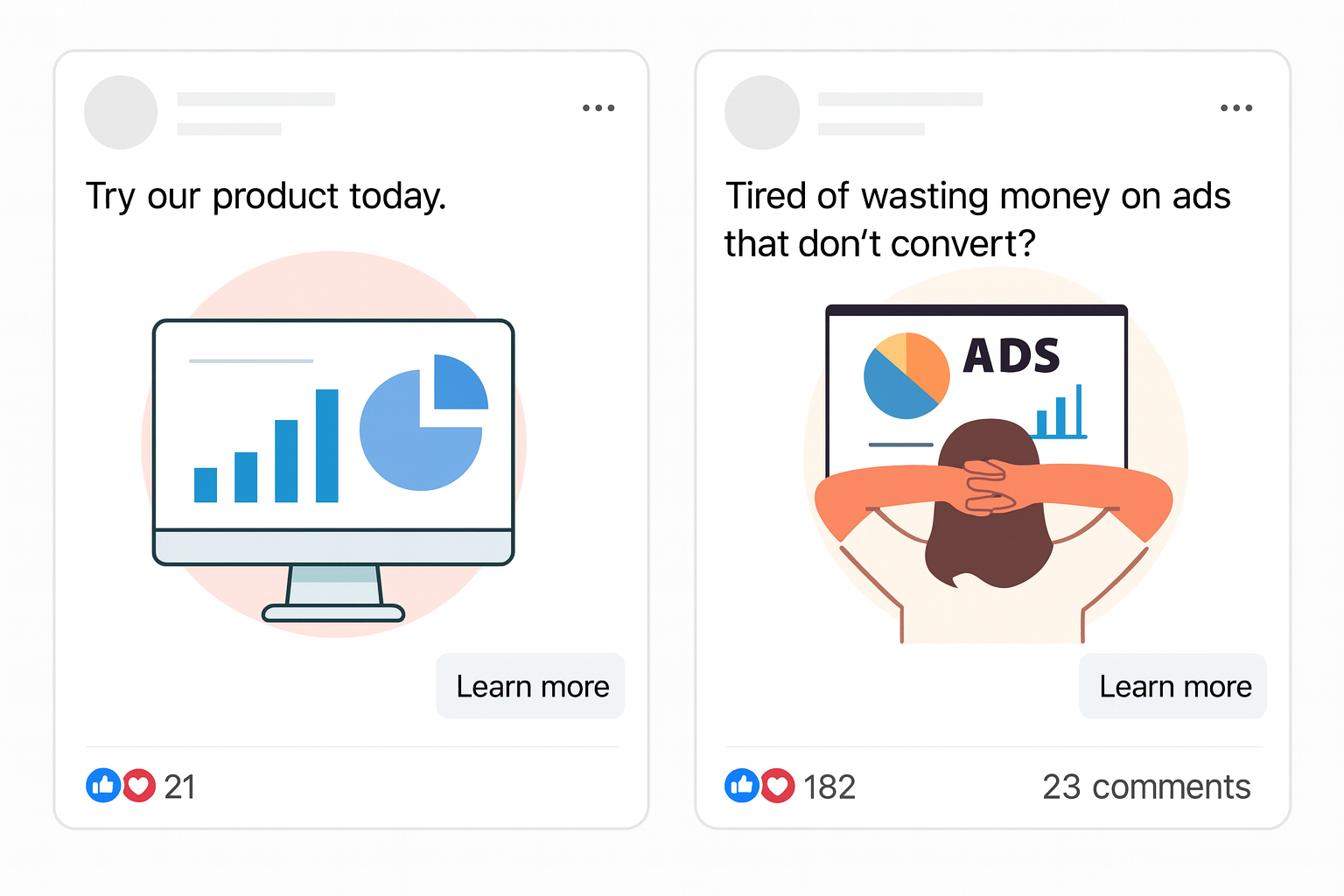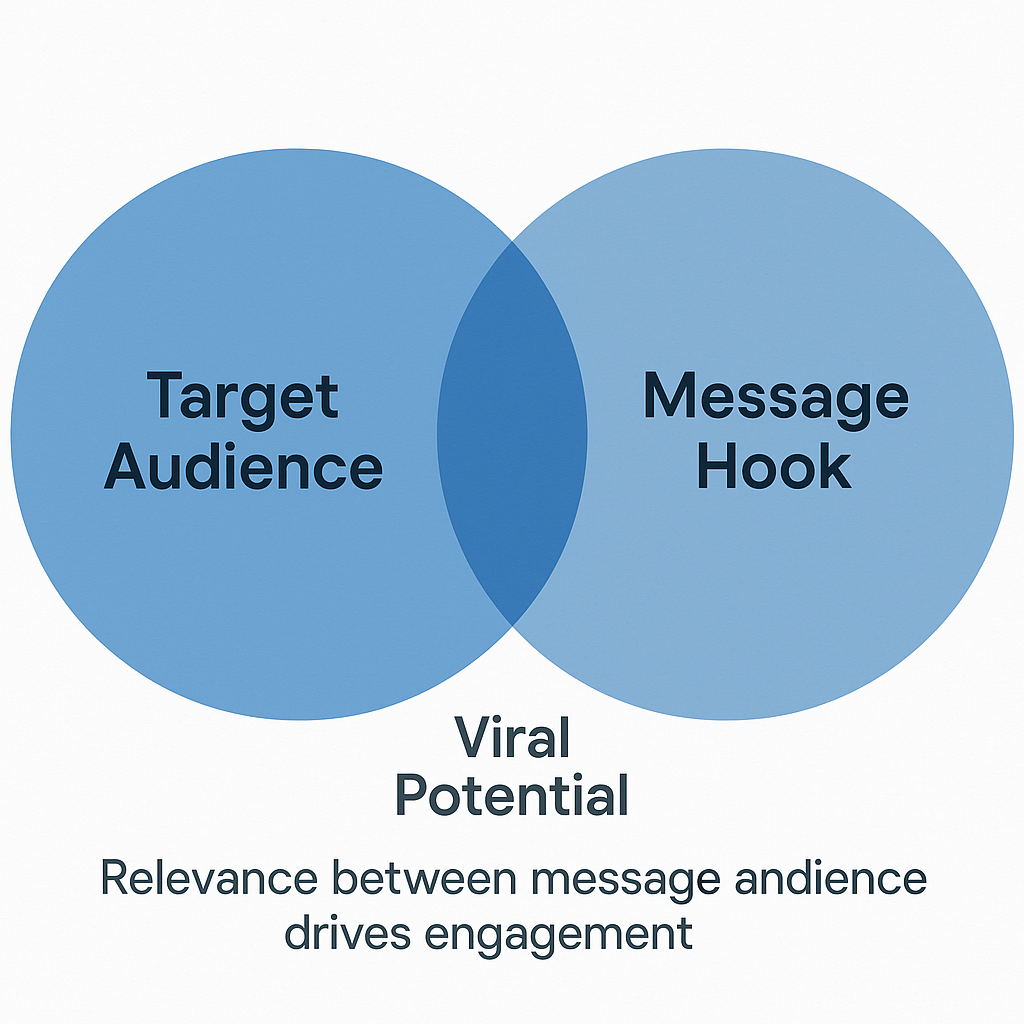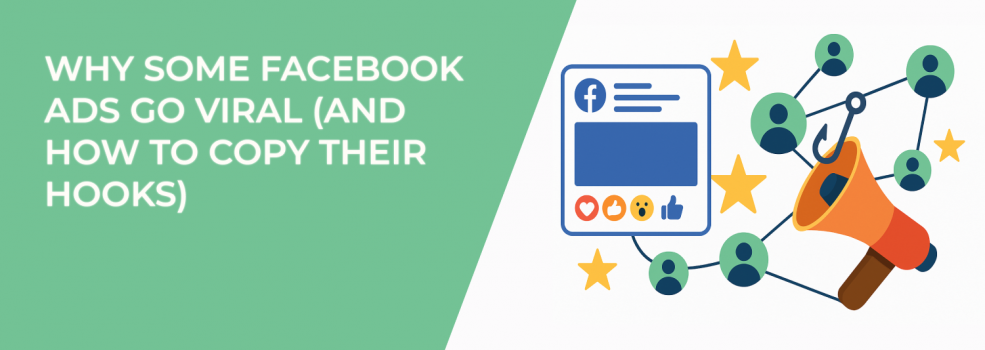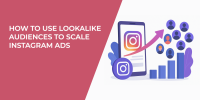Some Facebook ads spread fast — they get clicks, shares, and comments without heavy promotion. Others? They fade out in days, never gaining momentum.
What makes the difference?
It’s not random. Most viral ads follow a repeatable pattern — and it often starts with the hook.
Let’s look at what actually causes some Facebook ads to go viral, and how you can apply the same principles to your own campaigns.
1. The Hook Grabs the Scroll
The first few seconds of an ad are critical. That’s where the hook lives — the part that makes someone stop scrolling and pay attention.

Strong hooks are short, clear, and emotionally engaging. Some examples include:
-
A surprising or bold claim: “This tiny landing page doubled our sales.”
-
A relatable pain point: “Tired of spending on Facebook ads that don’t convert?”
-
A question that builds curiosity: “What if your next campaign cost half as much?”
-
A personal intro: “Here’s how I turned $500 into $5,000 with one tweak.”
These types of openers work because they speak directly to the viewer’s experience or curiosity.
If you’re not sure what kind of hooks are working in your niche, take a look at the Meta Ad Library. You can search by keyword, company, or product to see what competitors are running. Our full guide on how to analyze the Meta Ad Library breaks this down in detail.
Related read: The Ultimate Guide to Analyzing Your Facebook Competitors' Ad Campaigns
2. Emotion Drives Engagement
Virality happens when people feel something strong enough to react or share.
The most common emotional triggers in high-performing ads are:
-
Frustration or fear: highlighting a common mistake or risk.
-
Relief: showing how your product solves a painful problem.
-
Excitement: offering something new, fun, or unexpected.
-
Humor: especially when it’s relatable or self-aware.
For example, an ad for a budgeting app might open with, “Still wondering where your money went?” It’s funny, real, and instantly familiar.
If your ads aren’t connecting, you may need to dig deeper into emotional messaging. You can explore more on this topic in our breakdown of how emotional psychology affects Facebook ad performance.
Related read: The Psychology of Facebook Ads: How to Hook Your Target Audience in Seconds
3. Real Content Feels More Trustworthy
Polished ads often feel like commercials — and people scroll past commercials.
On Facebook, ads that look and sound like regular posts usually perform better. That means using:
-
Lo-fi video shot on a phone
-
Raw product demos or screen recordings
-
User-generated content (UGC)
-
Meme-style images with short captions
When your ad feels like something a friend might post, people are more likely to watch, read, or share.
If you want your creative to blend into the feed but still stand out, focus on clarity over perfection. Even a simple video of someone explaining the product can go a long way.
4. Social Proof Adds Credibility
Viral ads almost always include some form of proof. That can be:
-
Testimonials
-
Review screenshots
-
“Used by 20,000+ businesses” type of statements
-
Press mentions or awards
Social proof builds trust quickly — especially for cold audiences. If someone sees that others already like or trust your product, they’re more likely to pay attention.
Adding this kind of proof doesn’t require a big brand presence. You can start by repurposing comments or messages from early customers.
If your ads aren’t converting even with social proof, the issue might be deeper in your funnel. Learn how to identify those issues in our troubleshooting guide.
Related read: Facebook Ads Not Converting: How to Fix It
5. Great Hooks Need the Right Audience
Even a brilliant ad won’t work if it’s shown to the wrong people.
A common mistake is using the same hook across multiple audiences without adjusting the message. For example, a bold financial claim might work well with entrepreneurs but fall flat with corporate professionals.

To fix this, align your hook with your audience’s priorities. Speak their language. Target them with messaging that reflects their mindset.
If you’re still building your targeting strategy, this breakdown of core Facebook targeting tactics will help you get more out of every hook.
Related read: Facebook Ad Targeting 101: How to Reach the Right Audience
6. When Ads Aren’t Working — Even If They “Look Right”
Sometimes you do everything “right” — your copy is solid, your creative is clean, your audience is well defined — and still, nothing clicks.
If that happens, it’s time to:
-
Test a different ad format (try video instead of image).
-
Rewrite the hook to create more curiosity.
-
Try shorter copy or a clearer call to action.
Many times, ads fail because they’re too general. If your ad tries to appeal to everyone, it won’t hit hard enough with anyone.
You can dig deeper into specific copy techniques that help ads convert better in this writing-focused guide.
Related read: Crafting Compelling Facebook Ads Copy That Converts
Final Thought: Start Collecting What Catches Your Eye
Here’s a simple habit that will improve your ads: anytime you see a Facebook ad that stops your scroll, save it.
Create a folder of swipe-worthy examples and revisit it when you need inspiration. Look for:
-
What kind of hook did they use?
-
What emotion did the copy trigger?
-
What did the image or video look like?
-
What made you stop and pay attention?
Over time, you’ll start to see patterns. And once you recognize what works, you can start using those patterns in your own way — not to copy, but to adapt and improve.

